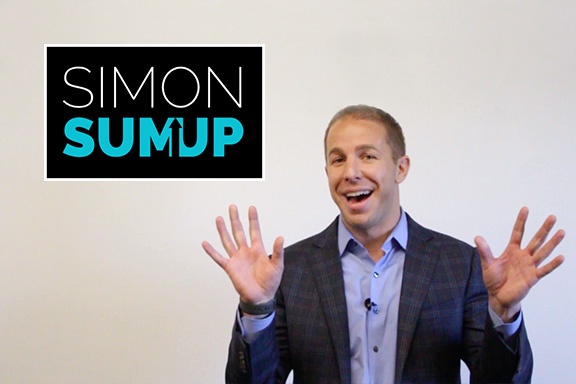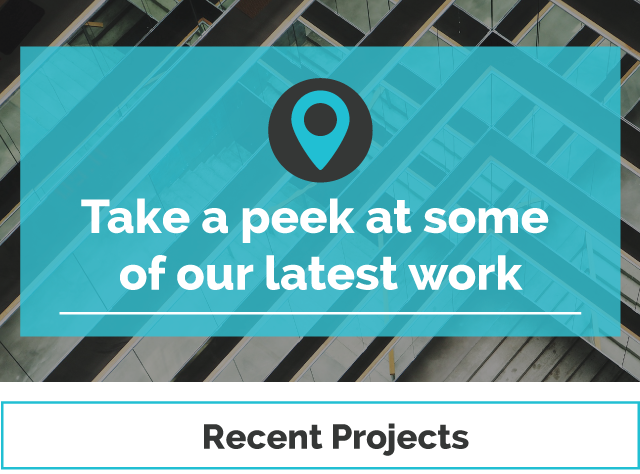EPISODE 5
In the latest Simon SumUp, Joshua discusses the impact of the new tariffs, the future of fulfillment and logistics, and how retail-healthcare mergers may become a one-stop shop for patient needs. The question is, can he deliver it in under 60-seconds?
THREE TAKEAWAYS
1) Not So Terrible Tariffs
The initial news of tariffs being placed on raw steel and aluminum coming into the U.S. had the construction industry fearful. An announcement on March 1 noted that imported steel would be taxed at 25% and aluminum at 10%.
On top of continued material costs rising over the past couple of years, those tariffs would put a significant strain on the industry. Material costs have risen over the last several years, with overall costs forecasted to rise another 2-3% in 2018.
The administration’s tariffs seem focused on China, however, less than 2 percent of China’s steel exports are to the United States. The good news is the administration recently announced that exemptions will be given for a number of countries including four of our largest suppliers - Canada, Brazil, South Korea, and Mexico.
Will that mute the initial anticipated impacts on prices? Our guess is, most likely. Those top-four importing countries account for half of our steel imports. And overall, about 64 percent of steel imports to the U.S. will not see any tariffs imposed.
Additionally, while steel prices rose slightly in recent months due to fears of tariffs, the amount of steel exempt just might cause domestic producers to slow price increases.
2) Retailers Leveraging Logistics
Amazon, and their ever evolving means of reaching consumers, is changing how retailers approach logistics.
We now live in age where consumers expect order delivers to be fast and efficient. As Amazon’s worldwide director of Prime Now Stephanie Landry notes, “Ten years ago people thought two-day shipping seemed really fast. We think two-hour shipping and one-hour shipping will be the standard.”
And that’s leading to greater attention and investment in logistics and in technologies that improve logistics. For everyone.
For example, Walmart is bringing FedEx shops into 500 of its stores, adding to its services and reducing logistic challenges. The goal is to reduce the challenges of “last-mile” deliveries, a portion of the supply-chain that has historically been inefficient.
Which is why Target is also jumping at the chance to improve logistics as well. The company recently partnered with Shipt and Grand Junction to bolster their same-day delivery options. It plans on bringing same-day delivery to about half of its 1,800 stores by summer 2018.
Amazon really upped the ante with delivery options and retailers are working to keep up.
3) The Corner of Retail & Healthcare
We’re witnessing a convergence between the world of retail and the world of healthcare.
Walmart has made inroads into the healthcare sector for a number of years, but the mega-retailer now wants to buy healthcare provider Humana.
This buzz comes on the heels of Amazon’s plans to enter the healthcare field by partnering with JP Morgan and Berkshire Hathaway to create a health insurer.
In addition to that move, CVS is buying health insurer Aetna, a move that seems to reflect the blurring lines between retail and healthcare.
Mergers like Walmart and Humana have the potential to turn retailers into major care providers, as consumer who once turned to doctor’s offices for care are increasingly using apps, technology, and smaller clinics.
For retailers, it means growing consumer networks. For consumers, it may mean a dip in healthcare costs.










